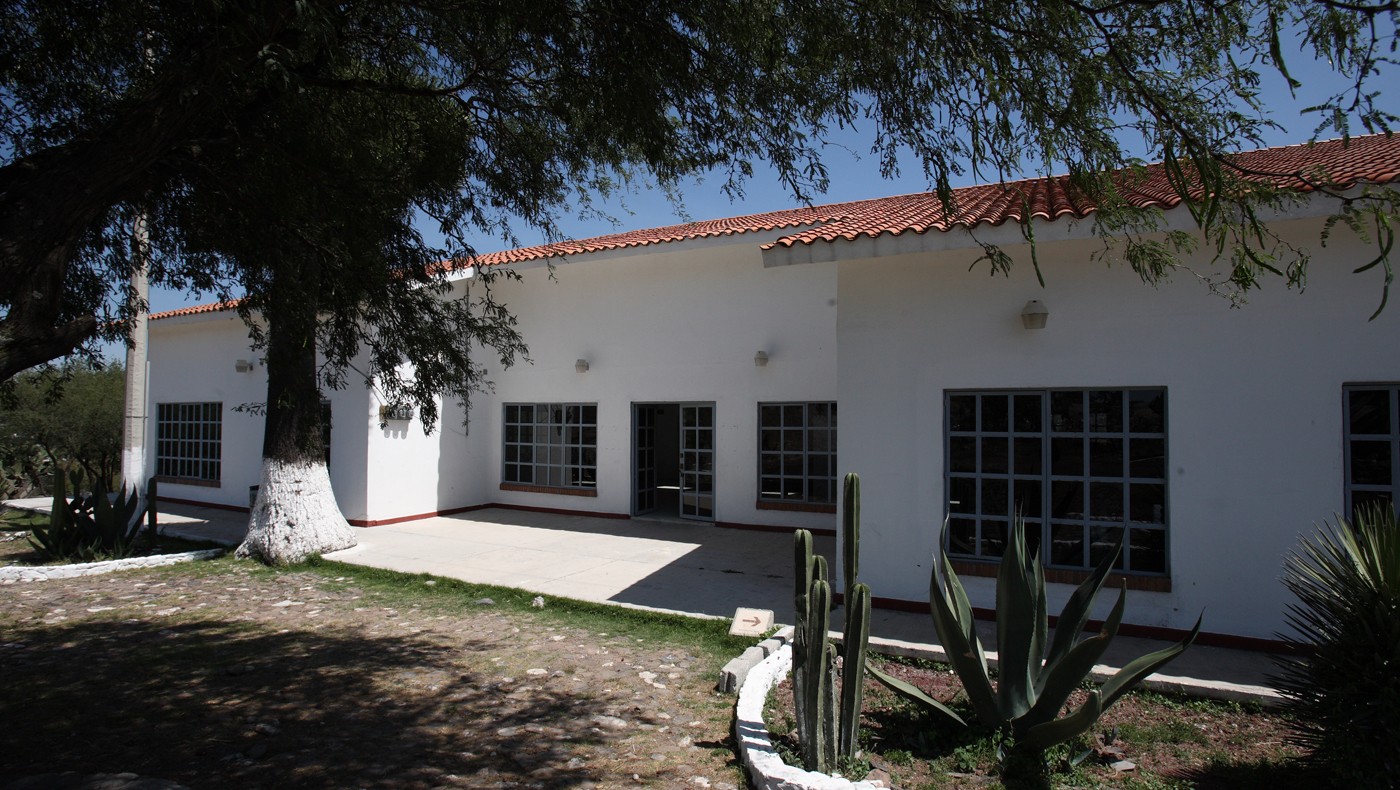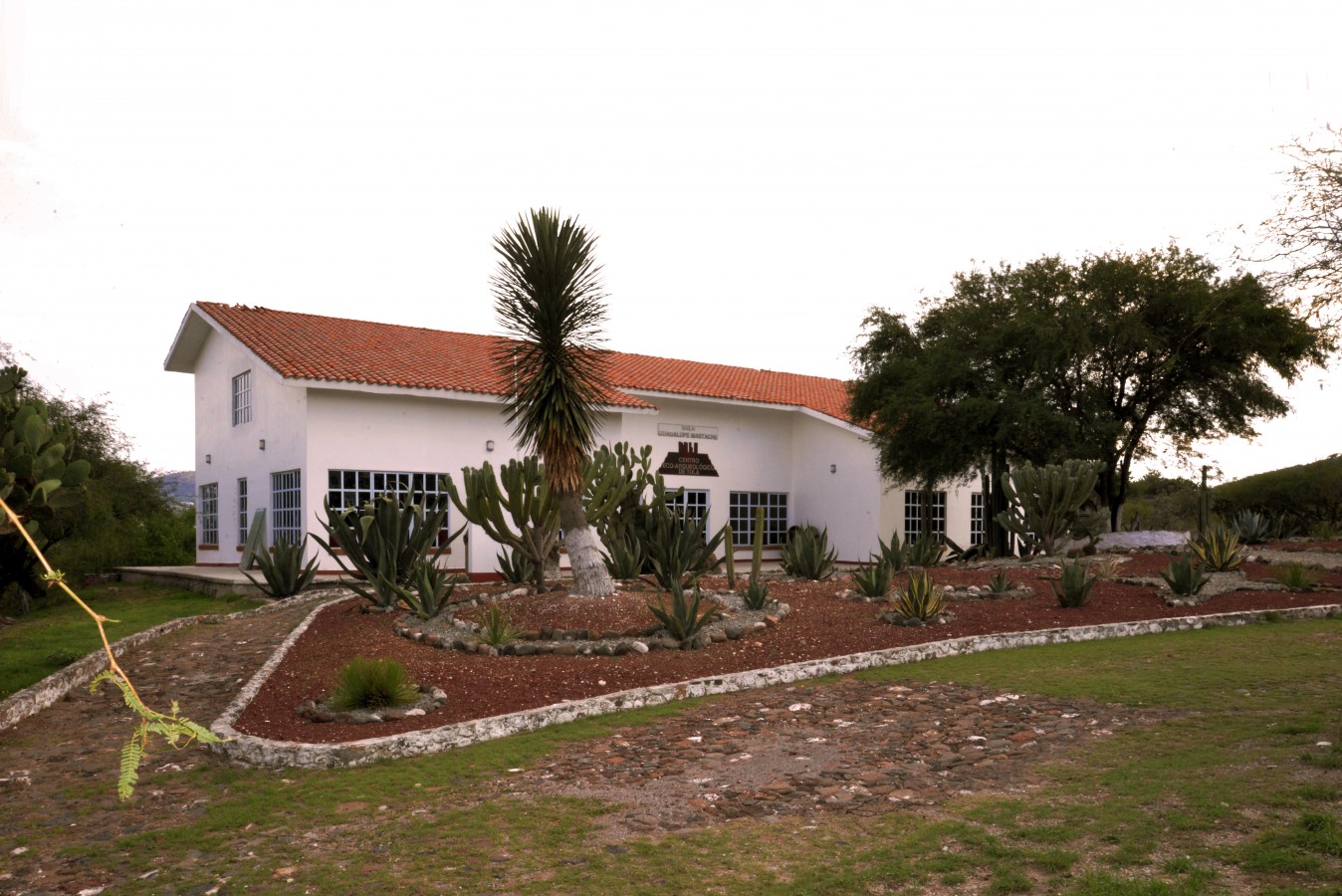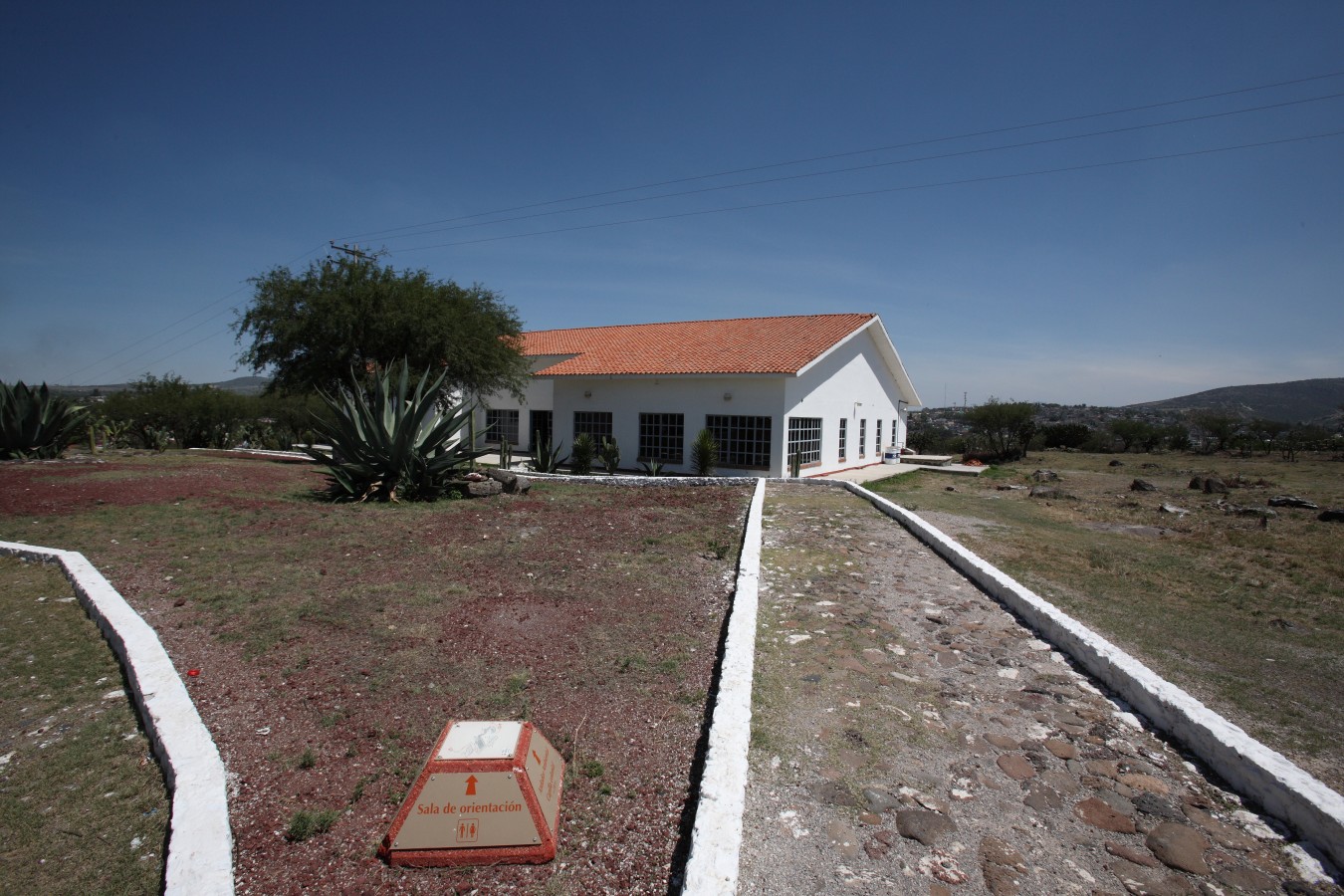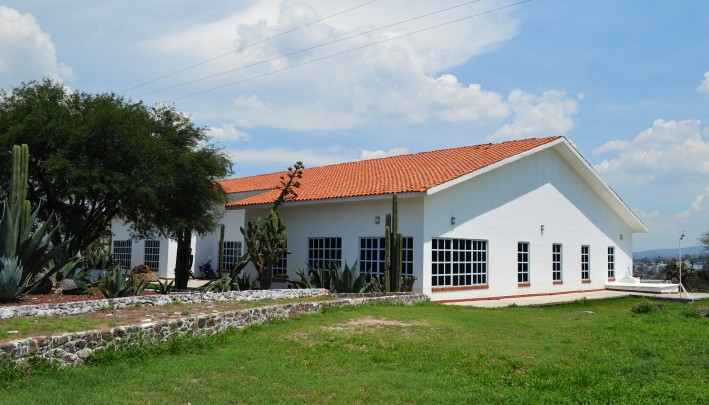Sala de interpretación "Guadalupe Mastache"
This Interpretation Gallery, dedicated to a well-known Mexican archeologist and restorer, is a great place to visit before seeing the Tula Giants. There are some exceptional pieces: a fragment of a pilaster with images of Tlaloc, the kind god and Tezcaltipoca, the fateful one; a unique jaguar in a single piece and the mysterious chacmools.
Local
About the museum
The Interpretation Gallery is on a single floor and is designed as the starting point for a tour of the imposing Tula Giants Site, since it provides a stimulating introduction to the surprising world of Toltec culture. The Guadalupe Mastache Introductory Gallery is named after the Mexican archeologist who undertook a maintenance project with Dr. Robert H. Cobean on the Tula archeological site from 1992 and 1994. This was when the Breastplate of Tula was discovered.
This is an orientation and interpretation space for visitors to rest, refresh and admire the most important sculptures discovered during archeological excavations, including the shaft of a pilaster which features the figure of a warrior dressed as the god Tlaloc on the opposite side to Tezcatlipoca. There are also several Chac Mools, the so-called “atlantitos” (miniature “Atlases,” figures carrying objects on their shoulders) and stone sculptures. The figure of a jaguar in the entrance is one of the highlights. It was discovered in the village of San Francisco Bojay. It is carved from a single piece of basalt and stands on a rectangular pedestal.
This is an orientation and interpretation space for visitors to rest, refresh and admire the most important sculptures discovered during archeological excavations, including the shaft of a pilaster which features the figure of a warrior dressed as the god Tlaloc on the opposite side to Tezcatlipoca. There are also several Chac Mools, the so-called “atlantitos” (miniature “Atlases,” figures carrying objects on their shoulders) and stone sculptures. The figure of a jaguar in the entrance is one of the highlights. It was discovered in the village of San Francisco Bojay. It is carved from a single piece of basalt and stands on a rectangular pedestal.
January 2003
Practical information
Monday to Sunday from 09:00 to 17:00 hrs.
Included in the entrance to the Archeological Site Tula
Boulevard Tula-Tlahuelilpan Km 2.5,
Colonia El Salitre, C.P. 42800,
Tula de Allende, Hidalgo, México.
Colonia El Salitre, C.P. 42800,
Tula de Allende, Hidalgo, México.
Services
-
+52 (771) 714 35 20
Directory
Director del Centro Inah de Hidalgo
Héctor Alvarez Santiago
This email address is being protected from spambots. You need JavaScript enabled to view it.
+52 (771) 714 35 20, ext. 228013
Asistente de dirección
Andrea Aldama Galicia
This email address is being protected from spambots. You need JavaScript enabled to view it.
+52 (771) 714 35 20, ext. 228002
Administración
Jaime Arzate Pelcastre
This email address is being protected from spambots. You need JavaScript enabled to view it.
+52 (771) 714 35 20, ext. 228003












